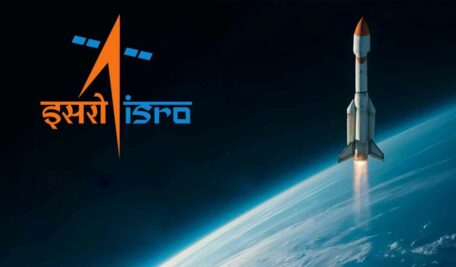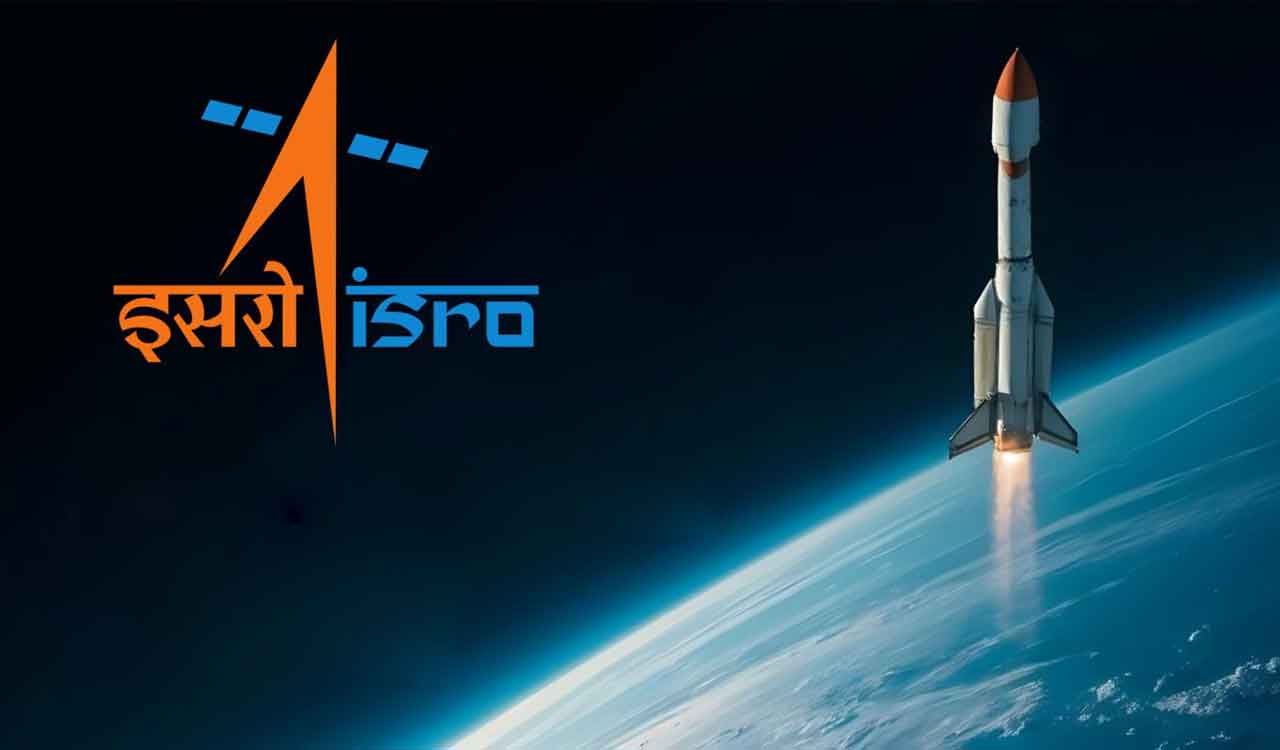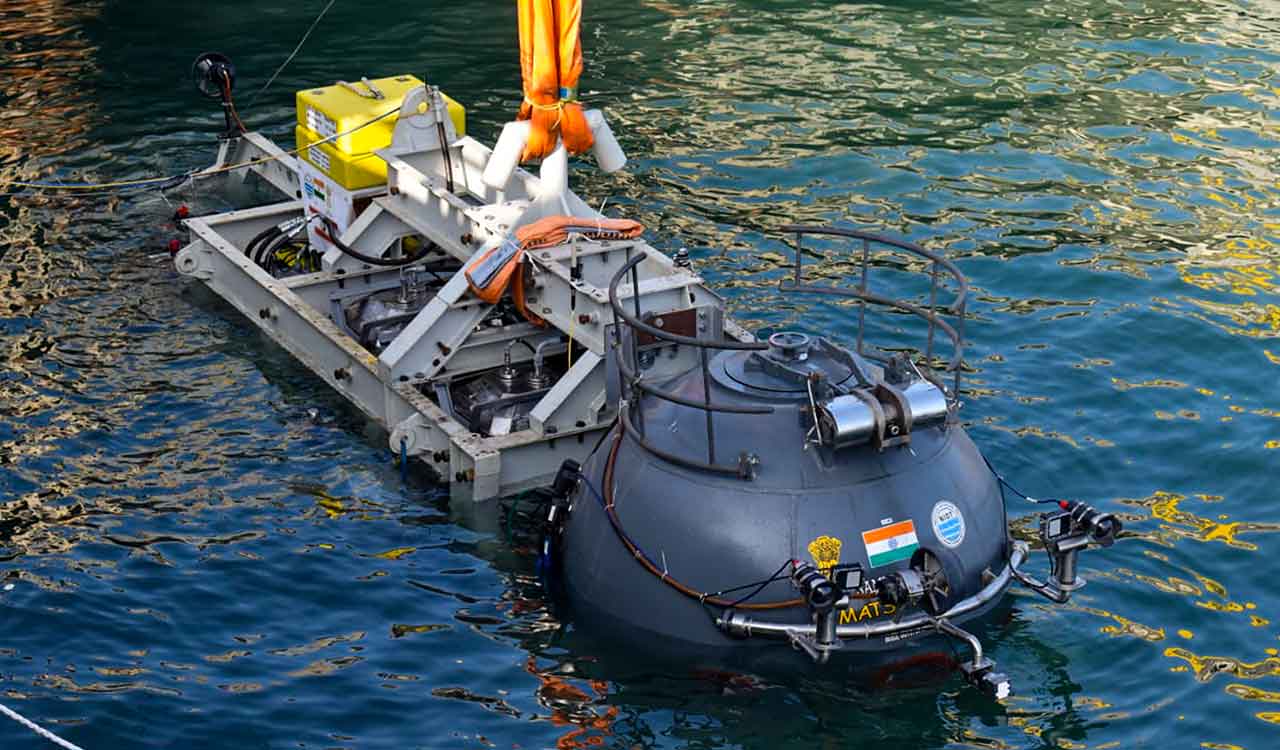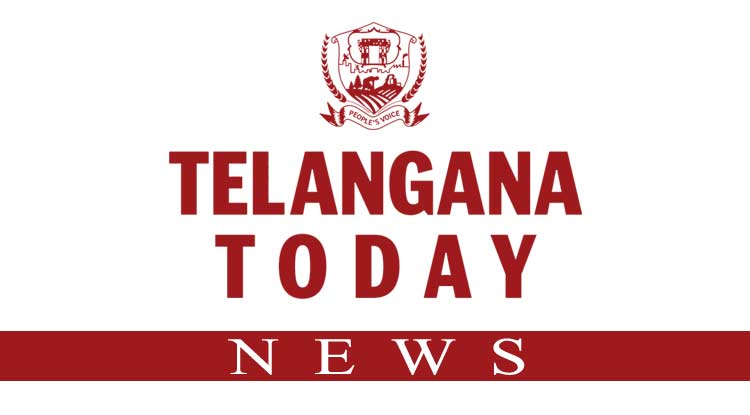India aims crewed Moon mission by 2040, says ISRO chief
ISRO chief Narayanan said India aims to land astronauts on the Moon by 2040, with its Gaganyaan human spaceflight mission set for 2027. He detailed upcoming projects including a space station by 2035 and a Venus orbiter mission

Ranchi: ISRO chairman V Narayanan on Wednesday said the space agency has set a target of landing Indians on the Moon by 2040, while its maiden human spaceflight mission ‘Gaganyaan‘ is on track for launch in 2027.
Narayanan said a slew of ambitious space projects and sector reforms were currently underway, including a national space station by 2035, and three uncrewed ‘Gaganyaan’ missions by 2026, with the first one that includes a half-humanoid robot ‘Vyommitra’, targeted for December 2025.
“Prime Minister Narendra Modi has given a guideline for an indigenous crewed lunar mission by 2040, under which we have to land our own citizens on the Moon and bring them back safely. A Venus Orbiter Mission (VOM) has also been approved to study the planet,” Narayanan said in an exclusive interview with PTI.
The Indian Space Research Organisation (ISRO) chief said the Bharatiya Antriksh Station (BAS) is expected to come up by 2035, and initial modules in space are expected as early as 2027.
He was here to attend the 35th convocation ceremony of Ranchi-based Birla Institute of Technology (BIT) Mesra as the chief guest.
“There are a lot of developments in ‘Gaganyaan’. We are planning some more experiments. Before the crewed mission, we are planning three uncrewed missions. ‘Vyommitra’ is going to fly on that in December this year. Two more uncrewed missions will take place next year. Crewed ‘Gaganyaan’ mission would be possible by 2027 first quarter,” Narayanan added.
With Modi defining a clear roadmap and rolling out reforms for the space sector, ISRO is moving with confidence and clarity towards realising the dream of a self-reliant and vibrant space ecosystem, he said.
He said India’s upcoming projects include Chandrayaan-4 and Chandrayaan-5, a new Mars mission, and AXOM, a high-priority astronomical observatory mission.
“The Aditya-L1 mission has already yielded over 15 terabits of solar data, with valuable insights into coronal mass ejections and space weather,” Narayanan added.
“We are open to international collaborations,” he said, emphasising that while India is committed to self-reliance, climate science and space research, which are global concerns, “how and where we collaborate will be debated and decided based on scientific and strategic priorities.” Highlighting the role of reforms, Narayanan said the space sector has been transformed through the Indian National Space Promotion and Authorisation Centre (IN-SPACe), which integrates startups and private players into the national ecosystem.
“Just a few years ago, there were barely one or two startups in the space sector. Today, there are over 300 working on satellite manufacturing, launch services, and space-based data analytics,” he said.
“This shift is seen as crucial to meeting India’s rising demand for satellite-based applications in agriculture, disaster management, telecommunication, real-time train and vehicle monitoring, and fisheries,” he added.
For missions like crewed lunar landing, India needs to enhance its launch capacity and space infrastructure and has already started work to build its space station.
“From launching 35 kg initially to now envisioning 80,000 kg — that is the scale of transformation we are aiming for,” he said.
Talking about Artificial Intelligence (AI), Robotics, and Big Data, he said these are becoming integral to space missions.
“Just like no one imagined the computer revolution 35 years ago, AI and robotics will define the next era of space exploration,” the scientist remarked.
He said today India stands as the world’s fourth-largest economy, with a burgeoning space sector that is not only matching, but often surpassing global benchmarks.
“From discovering water on the Moon with Chandrayaan-1, to the first soft landing near the lunar south pole with Chandrayaan-3, India has set multiple world records in space. Today, we are No. 1 in nine areas globally,” he asserted.
The ISRO chief added that India has become the fourth country to successfully achieve docking and undocking in space with the success of SPADEX mission.
“We also completed the 100th launch from Sriharikota — the GSLV F15/NVS-02 Mission — and received final approval for a third launch pad catering to all launch vehicles, including the next-generation NGLV, at an estimated cost of Rs 4,000 crore,” Narayanan said.
On Atomic energy, he said, currently India has 23 nuclear reactors across eight major nuclear plants, including Tarapur and Bhabha Atomic Research Centre.
Narayanan took charge as ISRO Chairman in January 2025. He earlier served as director of the Liquid Propulsion Systems Centre (LPSC), one of ISRO’s key facilities.
Related News
-
ISRO plans seven missions by March 2026; uncrewed Gaganyaan among key launches
-
IRISET to mark its 68th Annual Day with keynote address by ISRO chairman
-
India prepares for deep-sea exploration as Matsya-6000 nears first human trials
-
ISRO to hand over half of PSLV development to Indian industry by next year
-
Anantjeet, Darshna win mixed team gold at National Shooting
7 hours ago -
Atanu, Anandrao win individual titles for men and women in Senior National archery championship
7 hours ago -
Rakesh’s double ton propels St Mark’s to massive win at HCA Inter-schools
7 hours ago -
No electricity dues pending, says GITAM University Hyderabad
7 hours ago -
Sports briefs: Diya, Aabha win girls doubles sub-junior national badminton U-13 final
7 hours ago -
Gram panchayat polls pointer to growing public discontent against Congress, says BRS
7 hours ago -
AITUC alleges political interference in SCCL, warns of mass stir to protect Singareni
7 hours ago -
Former hockey coach Doraiswamy no more
7 hours ago




